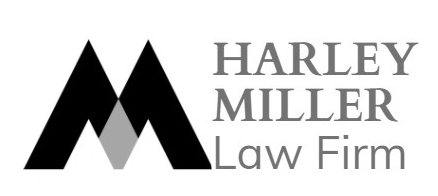Question:
How does the CPTPP regulate Rules of Origin (ROO)?
Answer:
– The Rules of Origin (ROO) in the CPTPP are applied uniformly to all member countries and are considered to be more flexible and favorable for businesses compared to many of Vietnam’s previous Free Trade Agreements (FTAs), including AANZFTA. The primary ROO in the CPTPP is the product-specific rules. However, many products, especially industrial products, allow the application of value content rules, ranging from 40% to 50% (in previous FTAs, including AANZFTA, the common rate was 40%). The value content rules themselves have different calculation methods, and in many cases, businesses can choose the most suitable and advantageous calculation method.
– Another notable flexibility in the CPTPP is that for value content, it allows the application of the whole-of-product method. Under this method, raw materials that only partially meet the ROO (e.g., cannot meet the 40% value content standard but only meet the 10% value content standard) can still be cumulatively added to the next production stage to calculate the origin of the final product. Most of Vietnam’s previous FTAs did not allow this kind of whole-of-product accumulation.
– Concerning origin certification procedures, the CPTPP also offers flexibility, including the self-certification mechanism. However, in the CPTPP, Vietnam has retained a separate roadmap for implementing self-certification procedures. Vietnam commits to implementing both the existing origin certification procedure and the CPTPP self-certification procedure concurrently within 5 years from the effective date of the Agreement (with the possibility of an additional 5-year extension). This means that it will take a maximum of 10 years from the effective date of the CPTPP for Vietnam to fully apply the self-certification mechanism.





